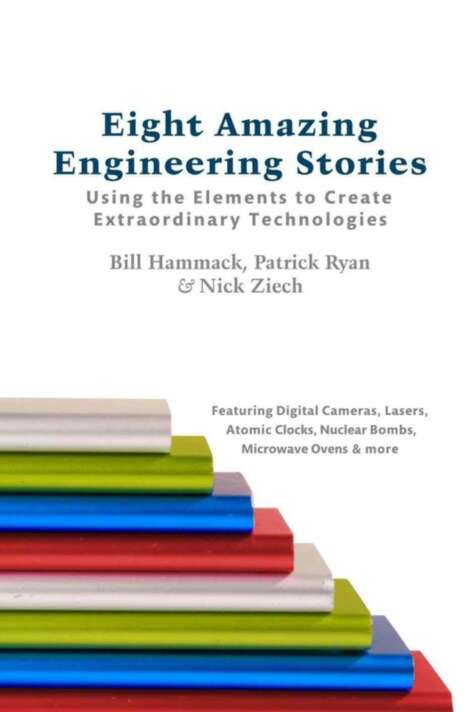

Most ebook files are in PDF format, so you can easily read them using various software such as Foxit Reader or directly on the Google Chrome browser.
Some ebook files are released by publishers in other formats such as .awz, .mobi, .epub, .fb2, etc. You may need to install specific software to read these formats on mobile/PC, such as Calibre.
Please read the tutorial at this link: https://ebookbell.com/faq
We offer FREE conversion to the popular formats you request; however, this may take some time. Therefore, right after payment, please email us, and we will try to provide the service as quickly as possible.
For some exceptional file formats or broken links (if any), please refrain from opening any disputes. Instead, email us first, and we will try to assist within a maximum of 6 hours.
EbookBell Team

4.7
106 reviewsEight Amazing Engineering Stories reveals the stories behind how engineers use specific elements to create the material world around us. In eight chapters, the EngineerGuy team exposes the magnificence of the innovation and engineering of digital camera imagers, tiny accelerometers, atomic clocks, enriched uranium, batteries, microwave ovens, lasers, and anodized metals. In addition, short primers cover the scientific principles underlying the engineering, including waves, nuclear structure, and electronic transitions. "In Depth" sections cover entropy, semiconductors, and the mathematics of capacitors. Eight Amazing Engineering Stories forms the basis of the fourth series of EngineerGuy videos found on-line.
About the AuthorMake magazine's blog called the EngineerGuy video team “brilliant science and technology documentarian[s]”, whose “videos should be held up as models of how to present complex technical information visually.” Wired called the videos “dazzling.” The team, consisting of Bill Hammack Patrick Ryan, & Nick Ziech, created the stunning series that includes masterful explanations of the engineering underlying LCD monitors, fiber optic communications, and hard disc drives. Ryan and Ziech earned B.S. degrees in Chemical Engineering at the University of Illinois; Hammack, who is currently a Professor of Chemical & Biomolecular Engineering at Illinois, earned a M.S. and Ph.D in Chemical Engineering at Illinois. Hammack’s work has been recognized by an extraordinarily broad range of scientific, engineering, and journalistic professional societies. From journalists he has won the trifecta of the top science and engineering journalism awards: The National Association of Science Writer's Science in Society Award; the American Chemical Society's Grady-Stack Medal, and the American Institute of Physics' Science Writing Award. From his engineering peers he's been recognized with the ASME's Church Medal, IEEE's Distinguished Literary Contributions Award, ASEE's President's Medal, and the AIChE's Service to Society Award.